How much Water or Fish treatment do you need for your Aquarium? Input the volume of water you are treating to the ‘capacity’ field below, then click on the treatment you are using. If you don’t know the volume of your aquarium, use the ‘calculate’ tool.
Capacity
Enter the capacity if you know it
Calculate
Don’t know the capacity? We can help you calculate it.
Choose your product
-
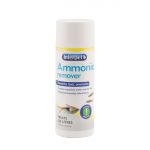
Ammonia Remover
-
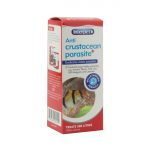
Anti Crustacean Parasite Plus
-

Anti Fungus & Finrot Plus
-

Anti Hair Algae
-
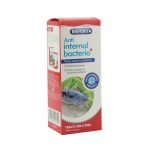
Anti Internal Bacteria Plus
-
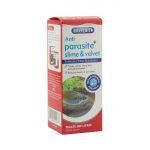
Anti Slime & Velvet Plus
-

Anti White Spot Plus
-
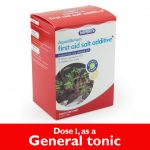
Aqualibrium Salt for general use
-
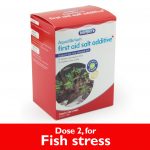
Aqualibrium Salt for use when adding new fish
-
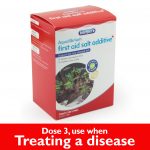
Aqualibrium Salt for supporting disease treatment
-

Bioactive Tapsafe
-

Clean Aquarium Pods
-
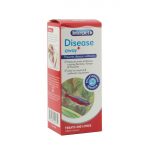
Disease Away
-
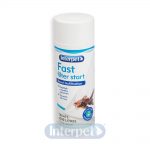
Fast Filter Start
-
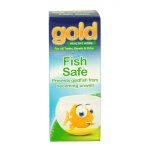
Gold Fish Safe
-
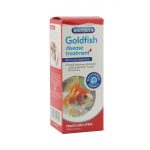
GoldFish Disease Treatment Plus
-

Goldfish Fresh Start
-

Green Away
-

Plant CO2
-

Plant Food
-
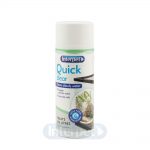
Quick Clear
-

Sludge Buster
-

Swimbladder Treatment Plus
This is what you need

FAQs
What should I do if I’ve used too much treatment?
If you’ve added too much water treatment to your tank, remove your fish from the tank immediately and place them in a separate tank with dechlorinated water. This will help to minimise any potential harm caused by the excess treatment.
If you’ve added too much fish treatment to your tank, follow the instructions provided with the product. Some treatments may recommend performing a partial water change to help dilute the excess treatment. Additionally, monitoring the water parameters and observing the fish closely for any signs of stress or illness is crucial.
Can I adjust the treatment dosage on my own?
Adjusting the dosage of an aquarium treatment without professional guidance is not recommended. Instead, follow the recommended dose indicated on the product label or use our calculator above.
Can I use the same treatment for all types of fish in my aquarium?
Different fish species have varying sensitivities to medications and treatments, so it is important to read the instructions and dosage carefully.
Certain treatments may be harmful or ineffective for certain fish, while others may be more suitable. Keep in mind that some medication doses may need to be adjusted based on the size and age of your fish, so pay attention to those specifics as well.
Can I use multiple treatments at the same time?
Using multiple treatments simultaneously in your aquarium can be risky and may lead to adverse effects on your fish. We strongly recommend that you avoid combining treatments unless specifically mentioned by the manufacturer.
If your fish require multiple treatments, it is best to administer them one at a time with a gap of a few days in between.
Carefully monitor your fish during the treatment process to ensure they are responding positively and not experiencing any negative side effects. If in doubt, seek advice from a professional or reputable fish store for guidance on combining treatments effectively and safely.
How long does it take for treatments to work?
Some treatments may provide immediate relief and show visible improvements within hours, while others, particularly those dealing with more persistent issues, may require several days or even weeks to take full effect.
Remember, aquarium treatments are not instant fixes. Patience is key. For best results, adhere to the recommended dose and durations specified by the manufacturer. If the condition worsens, it may be necessary to seek additional advice or consult with a professional to determine if alternative measures are needed.
How long should I continue using a fish treatment?
The duration of treatment in your aquarium will vary depending on the specific disease or infection you are targeting. Most fish treatments require several rounds to ensure its effectiveness.
It’s crucial to complete the full duration of the treatment, even if your fish appear to have recovered or if symptoms have improved. This is because stopping treatment prematurely can allow the remaining bacteria or parasites to become resistant to the medication, leading to a relapse of the illness.
If you have any other questions, feel free to get in touch.